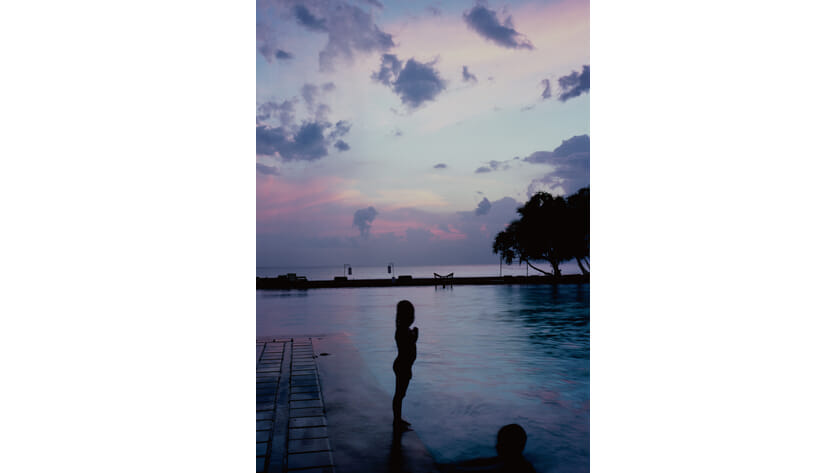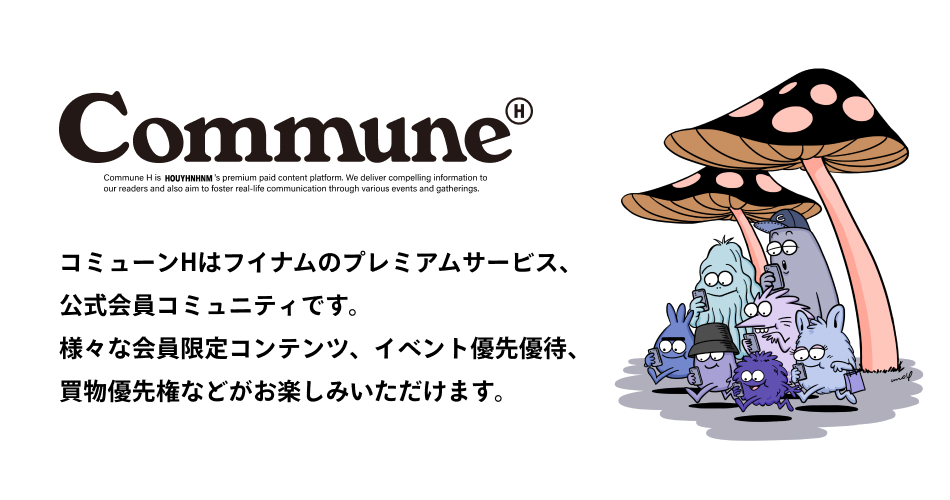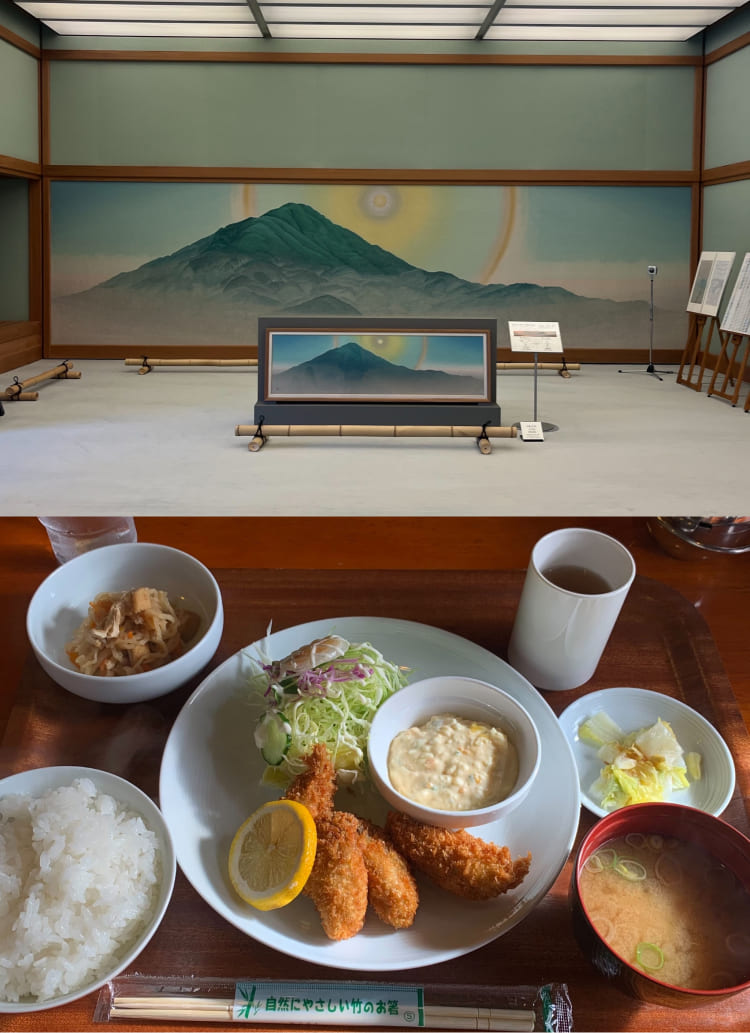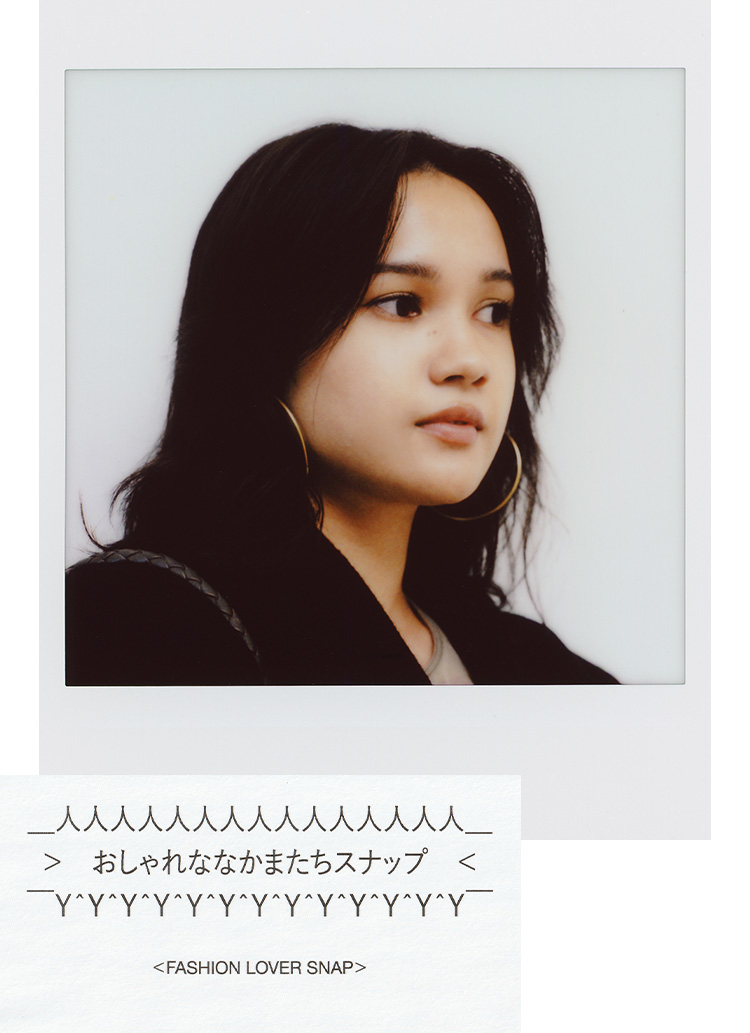Photographer Takashi Homma's four documentary films will be screened at Theatre Image Forum in Shibuya from December 10 (Sat). Since then, he has continued to produce films while working as a photographer. For this screening at Image Forum, four of his works, including new works, will be shown under the title of "New Documentary," a theatrical re-editing of works that have been shown as installations at museums and galleries.
Prior to the event, an event will be held at VACANT in Harajuku on November 23 (Wed., national holiday). Along with an introduction of the four films, the event will be an in-depth exploration of the possibilities of the intermediate fields of photography, film, and video art with art critic Noi Sawaragi. On the day of the event, there will be a mini live performance by Dustin Wong, who provided the music for the music in the film.
Mr. Homma discusses the "New Documentary" as follows.
Some of the footage I'm referring to here as new documentary is not what you would call a documentary with a clear message, . . much less a film with a story.
In his essay, Dai Vaughan writes about the "autopoiesis of the image". He says that in the short films of Lumière in the early days of cinema, there is both a narrative and an autopoietic quality to the images that the camera has captured beyond the filmmaker's imagination, and that this is another possibility of the image. (I believe in the autogeny of the image (and in its impossibility). For example, I am attracted to situations where a fixed camera accidentally captures something, where the artist has not had his/her way, and where a human being is irresistibly swallowed up by natural phenomena. . I think this is the same in the photography I have been doing. I would like to find that possibility somewhere between photography and film.
What comes to mind when reading this statement is that, as Tatsuya Mori mentions in "Documentaries Lie," documentaries are not objective images. . Documentaries are always subjective, due to the decisions of what is or is not captured on camera, as well as the editing process.
What kind of images does Mr. Homma mean by "autogenous images"? And what are the characteristics of such images? Is this what the "new" documentary is all about?
This one-night-only event is sure to stimulate the intellectual curiosity of anyone interested in photography, film, and contemporary art. For reservations, please see the website below.
Text_Shinri Kobayashi
Pre-event of "Takashi Homma New Documentary Film Special Screening
Date: November 23 (Wed., holiday) 15:30 Venue / 16:00 Concert begins
Fee: ¥1,500 (in TAX)
Venue: VACANT
Address: 3-20-13 Jingumae, Shibuya-ku, Tokyo
Talk Guest: Noi Sawaragi (Art Critic)
LIVE: Dustin Wong (musician)
Reservation site:http://peatix.com/event/211348/view
Takashi Homma New Documentary Film Special Screening" Official Website
http://betweenthebooks.com
Japanese businessman Takashi Homma
. In 1999, he won the 24th Ihei Kimura Photography Award for "Tokyo Suburbs" (published by Korinsha).
From 2011 to 2012, his solo exhibition "New Documentary" was held at three museums in Japan. He is the author of "Tanoshii shashin: yoshiko no tame no tame no tame no tame no tame no tame no tame no tame no tame no tame no tame no tame no tame no tame no tame.
In 2016, the British publisher MACK published THE NARCISSISTIC CITY, a collection of works from the Camera Obscura series.
Noi Sawaragi
Born in Chichibu , 1962. After graduating from Doshisha University, Faculty of Letters, Department of Cultural Studies, he began his critical activities based in Tokyo. His first collection of criticism, "Simulationism" ((, expanded edition, Chikuma Gakugei Bunko )), was widely discussed as a guide to the cultural trends of the 1990s. . At the same time, he curated provocative exhibitions with Takashi Murakami, Kenji Yanobe, Housui Ameya, and others. In his book "Japan, Contemporary Art, and Art" ((, Shinchosha )), he called Japan's postwar period a "bad place" and fundamentally reexamined art history and art criticism in Japan. He is the author of numerous other books, including "Senso to Banpaku (War and Expo)," a critical re-examination of the 1970 Osaka World's Fair ((, Bijutsu Shuppansha )).
In recent years, he has also focused on re-evaluating Taro Okamoto and reconsidering war documentary paintings. 2007-08, he was a TrAIN Visiting Fellow at University of the Arts London, and stayed in the U.K. He is currently a member of the TrAIN Board of Trustees.
Dustin Wong
Born in Hawaii , he moved to Japan when he was 2 years old. He spent his high school years in Japan until graduation, and then moved back to the U.S. to attend college. After working with Ecstatic Sunshine and Pony Tail, he signed with Thrill Jockey as a solo artist. His kaleidoscopic guitar performances, in which he draws out minimal and colorful layers by making full use of the many effectors he has laid out at his feet, have been the talk of the town in various places. In May 2013, he released a new album with Takako Minekawa and performed at FUJI ROCK In May 2013, he released a collaborative album with Takako Minekawa and performed at FUJI ROCK '13, and also released his fifth solo album, "Mediation of Ecstatic Energy". In 2014, he released his second collaboration with Takako Minekawa, "Savage Imagination," and the duo toured North America for about a month, and in 2015, they toured China for the first time. In recent years, in addition to solo and duo work, he also performed as a member of Keiichi Suzuki with the Marginal Town Cryers.









